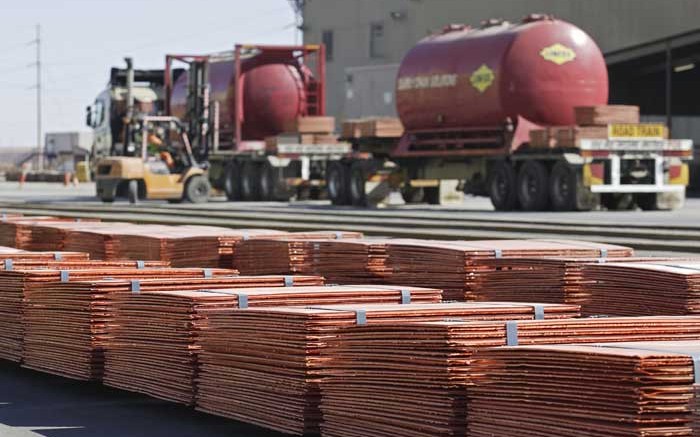Christine Meilton, principal consultant on copper supply and raw materials at independent commodities research firm CRU Group, predicts that supply side losses and slow ramp-ups in the smelting and refining sector will put a squeeze on supply and tip the copper market into a slight deficit for 2015.
“We’ve had a number of problems on the mining side and a number of miners downgrading production guidance for this year,” she says in a telephone interview from London.
Meilton forecasts copper supply will move into a “modest surplus” in 2016 and 2017, before moving back into deficit towards the end of the decade, starting from 2018.
“Based on current operations, which are going to decline due to reserve exhaustion and declining grades as operations get older, committed production from existing operations is going to decline after next year,” she predicts. “Committed greenfield projects that will come on stream will provide a bit more supply, but there won’t be sufficient supply to meet long-term demand, so we see a growing deficit of committed production.”
While there is quite a large portfolio of potential copper projects, she explains, not all of them will be developed or make it into production.
“They might not be economic, or there might be social, environmental or political issues with them,” she says.
There are a lot of other issues, too, that can compromise project development or exploration for new greenfield projects, from resource nationalism to new regulations in countries like Indonesia, which will impose a ban on exports of copper concentrates from 2017, she says.
“Companies are still spending money on exploration for copper, although that has been cut back with current low prices,” she says. “The juniors are still out there doing exploration. There is no shortage of copper resources in the ground, it’s really the price we need to bring them into production.”
Meilton estimates that the current copper price of US$2.70 per lb., or US$6,000 per tonne, intersects the cost curve around the ninetieth percentile. This is net of by-product costs, she explains, after taking into account by-product revenues from mostly gold, silver and molybdenum.
CRU’s view is that the copper price should fall to the seventy-fifth percentile — or a copper price of US$2.08 per lb., or US$4,600 per tonne — before the market sees a significant supply reaction. “When we saw the copper price fall earlier in the year, there was very little reaction by the mining sector,” she says. “We only saw a handful of smaller producers reacting.”
Meilton says copper prices should pick up a little later this year after the seasonally weak first quarter, with an improved price over the next couple of years, “before the price really takes off towards the end of the decade, with prices moving over US$3.60 per lb., or US$8,000 per tonne.”
On the consumption side, Meilton says CRU is not optimistic this year, and forecasts copper consumption growth globally will be 2.8%, down from 3.6% in 2014, due to a slowdown in China. (In the longer term, global growth in copper demand will average 1.6% from 2015–35, she says.)
In China, where she expects copper consumption will grow at 4% this year, there has been a slowdown in recent years, she says. “We’ve already seen demand starting to slow down in China, and we’re actually looking at China’s demand declining from the early 2020s, as the country’s economy matures.”
In India, she expects copper consumption will grow 7.5% per year over the next 20 years (although from a low base, it is only consuming half a million tonnes of copper a year), while in the rest of Asia, excluding India, China, Japan and Korea, consumption of the metal will grow 4.5%.
Over the long term, from 2020–35, Meilton says copper prices would need to average above US$3 per lb. in order to close the supply gap.






Be the first to comment on "CRU Group sees copper supply deficit in 2018"